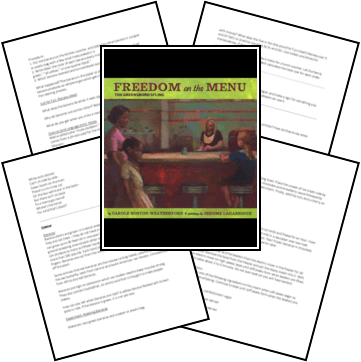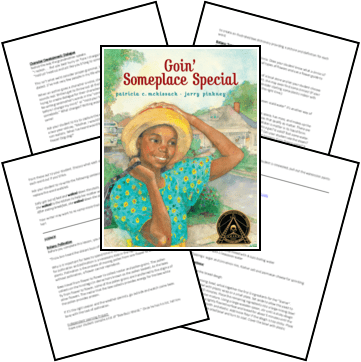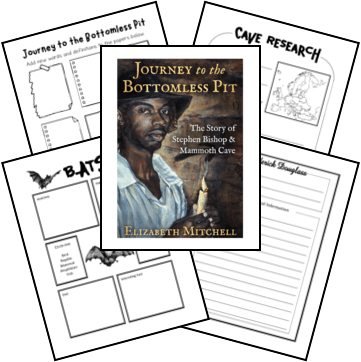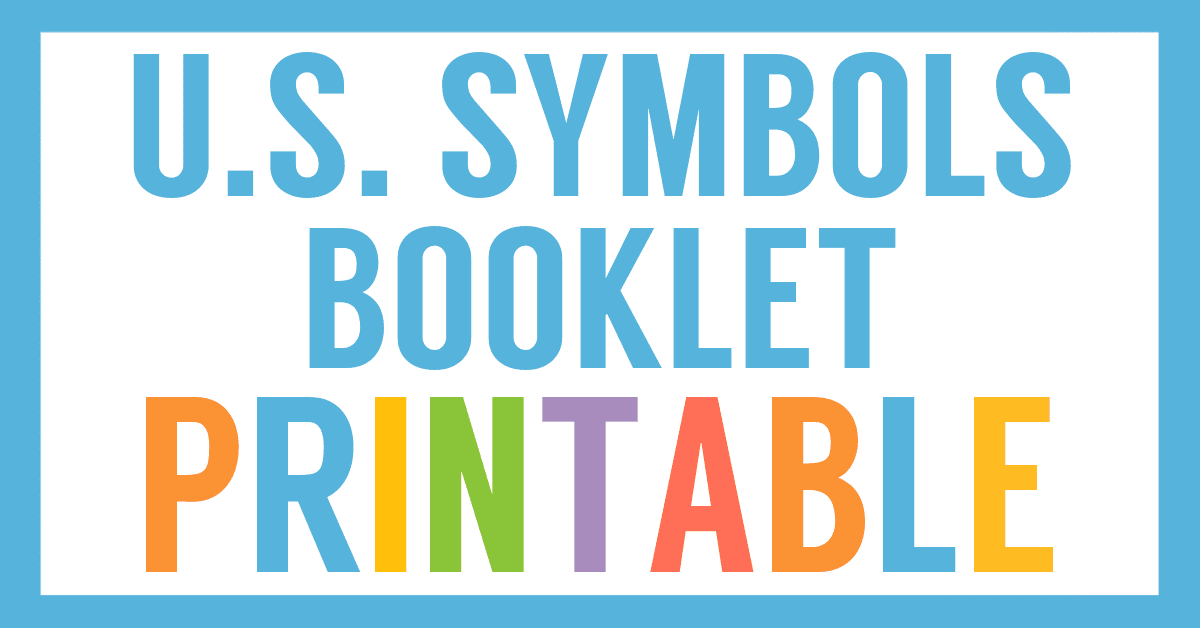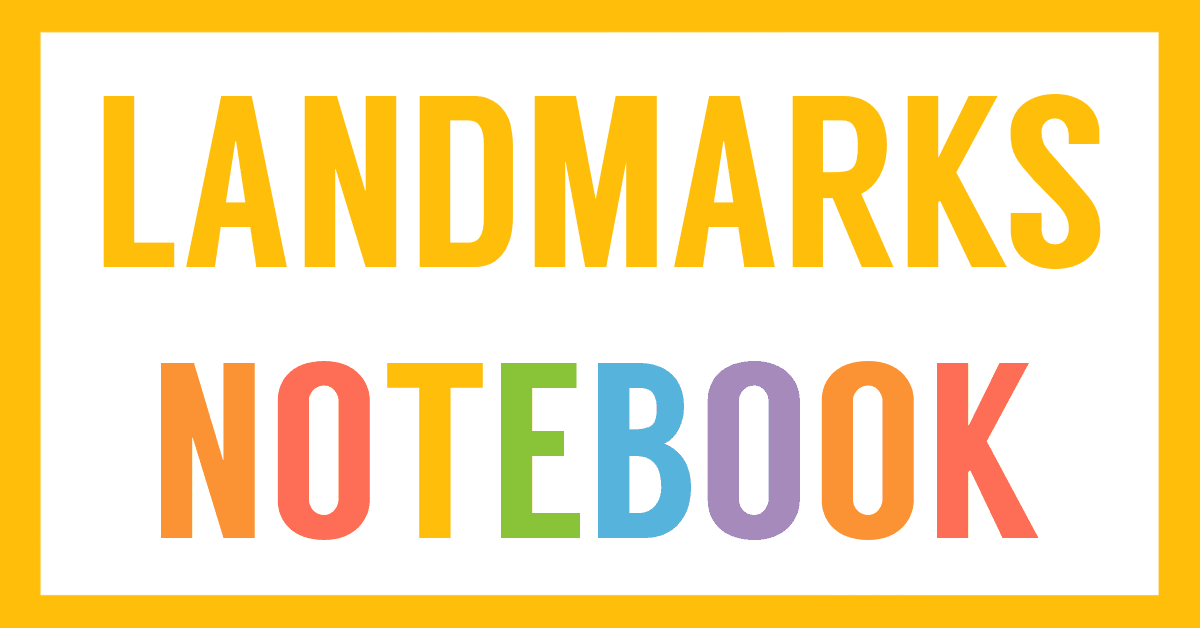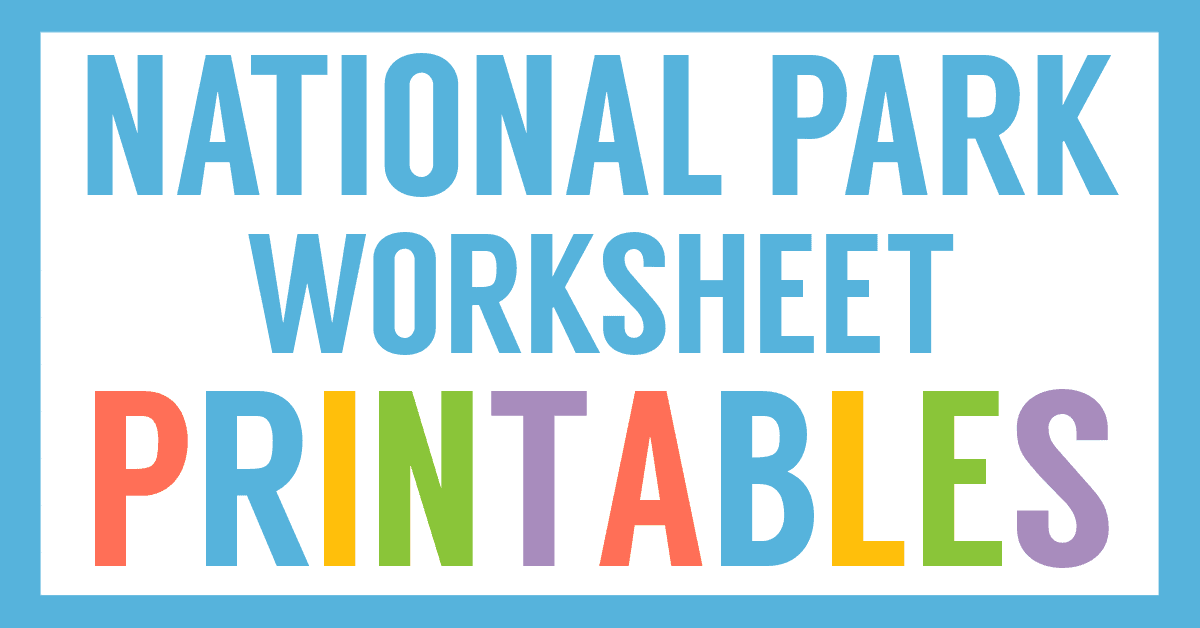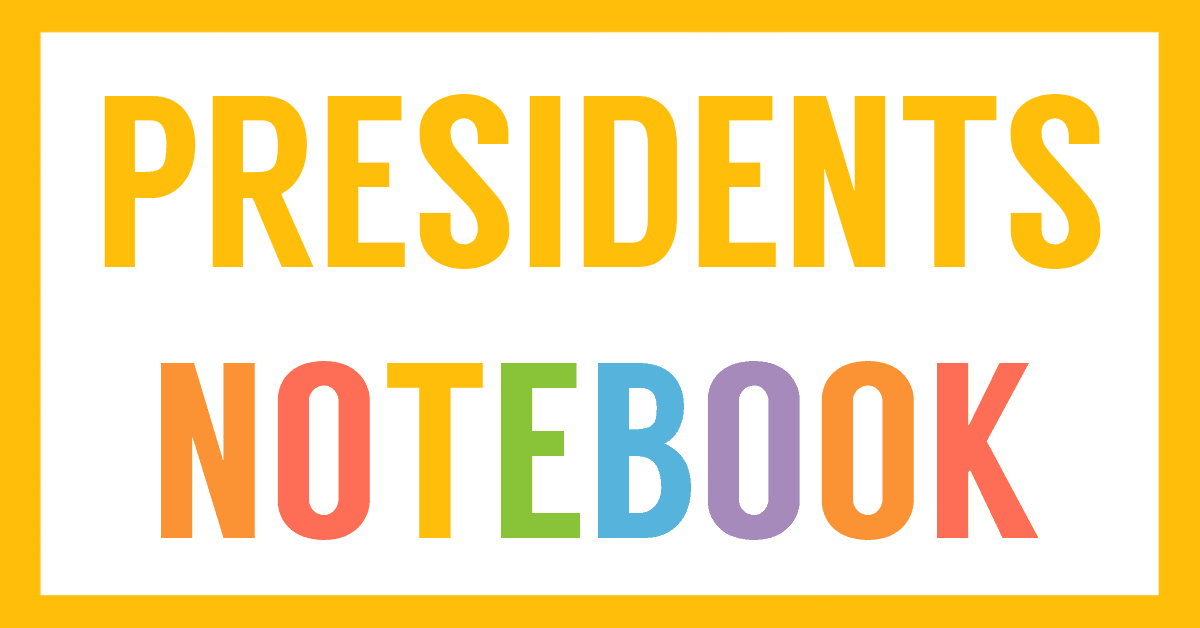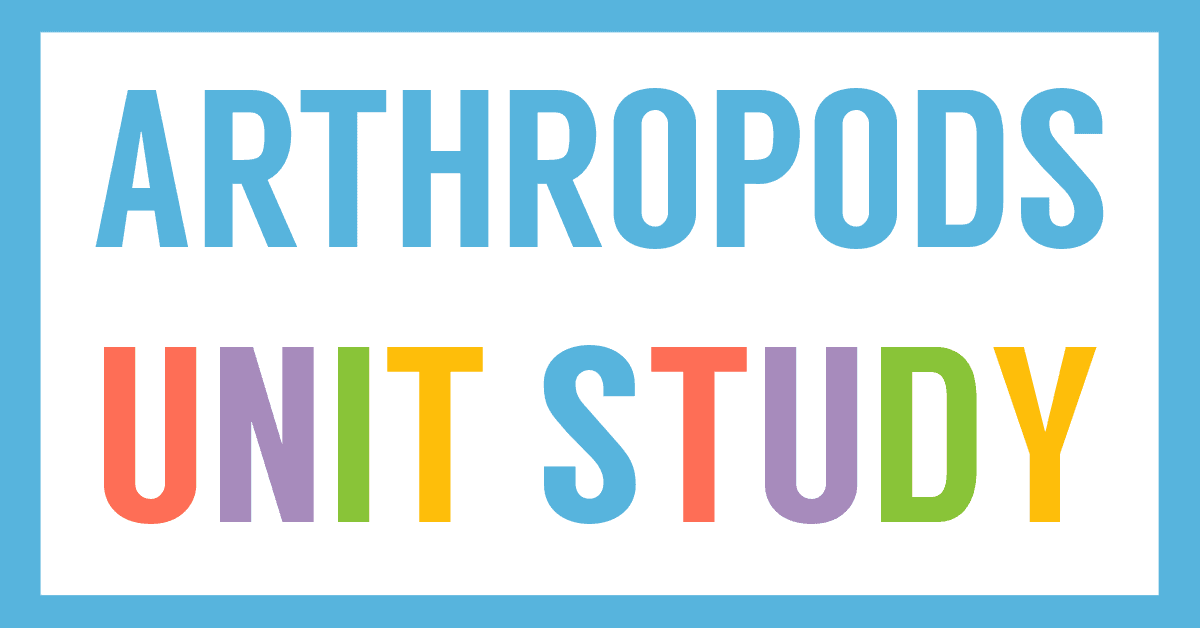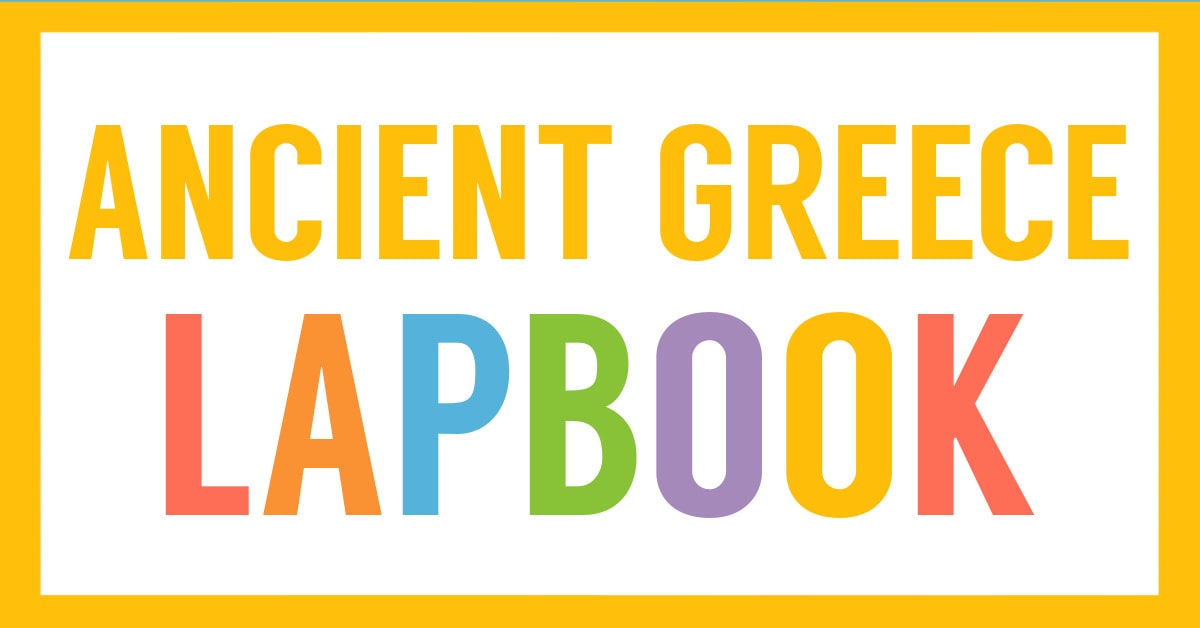Affiliate Disclaimer
We sometimes use affiliate links in our content. This won’t cost you anything, but it helps us to keep the site running. Thanks for your support.
This unit study includes lessons and activities based on the book Freedom on the Menu by Carole Boston Weatherford.
There were signs all throughout town telling eight-year-old Connie where she could and could not go. But when Connie sees four young men take a stand for equal rights at a Woolworth’s lunch counter in Greensboro, North Carolina, she realizes that things may soon change. This event sparks a movement throughout her town and region. And while Connie is too young to march or give a speech, she helps her brother and sister make signs for the cause. Changes are coming to Connie’s town, but Connie just wants to sit at the lunch counter and eat a banana split like everyone else.
Thanks to Jodi Small for preparing this Freedom on the Menu unit study.
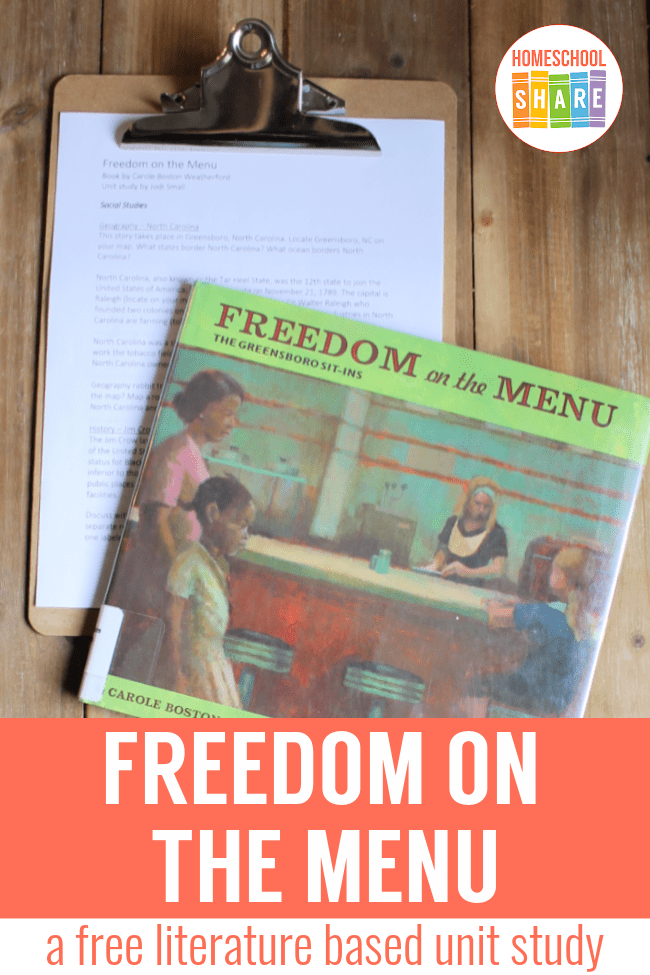
Freedom on the Menu Unit Study Lessons
Here is a sample of the lessons found in this Freedom on the Menu unit study:
History: 1960’s Sit-ins
On February 1, 1960, four Black students from North Carolina Agricultural and Technical College sat at the counter at Woolworth’s lunch counter. They were refused lunch, but were allowed to continue sitting there. It caused Woolworth’s to close early because the whites did not want to sit and have lunch next to the Black students. This led to sit-ins in other cities and states across the south. By July 1960, Woolworth’s served lunch to Black people at the counter for the first time. Discuss discrimination–the unfair treatment of a person because of unreasonable feelings or opinions. Do you see examples of discrimination in your town or neighborhood? (Think about religious beliefs, appearance, etc.)
History: Dr. Martin Luther King, Jr.
Martin Luther King, Jr. was one of the main leaders of the American Civil Rights Movement. A Baptist minister by training, King became a civil rights activist early in his career, leading the Montgomery Bus Boycott. King delivered his “I Have a Dream” speech in Washington in 1963. Dr. King was assassinated on April 4, 1968, in Memphis, Tennessee. Read part of the “I Have a Dream” speech:
“I have a dream today… that one day… little black boys and black girls will be able to join hands with little white boys and white girls as sisters and brothers. I have a dream today.” “I have a dream that my four little children will one day live in a nation where they will not be judged by the color of their skin but by the content of their character.”
Did Martin Luther King, Jr.’ dream come true?
You can grab a copy of the entire Freedom on the Menu unit study in an easy-to-print file at the end of this post.
How to Get Started with the Freedom on the Menu Unit Study
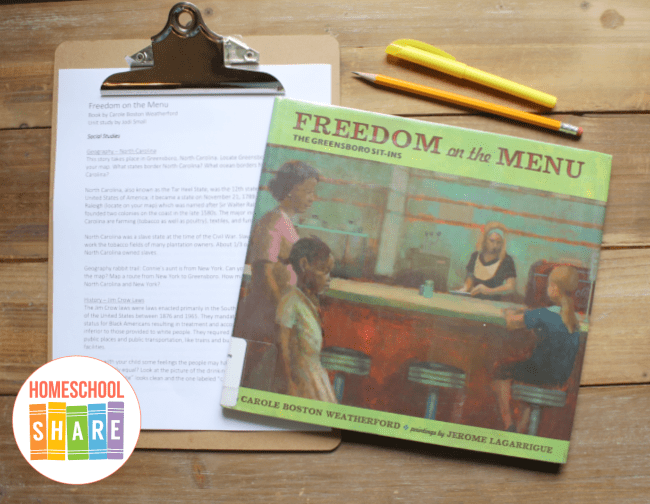
Follow these simple instructions to get started with the Freedom on the Menu unit study:
- Buy a copy of the book, Freedom on the Menu, or borrow one from your local library.
- Print the Freedom on the Menu unit study.
- Choose the lessons you want to use with your student (a highlighter works great for this).
- Enjoy a week of literature-based learning with your student.
Download Your Freedom on the Menu Unit Study
Simply click on the image below to grab the free Freedom on the Menu unit study.

